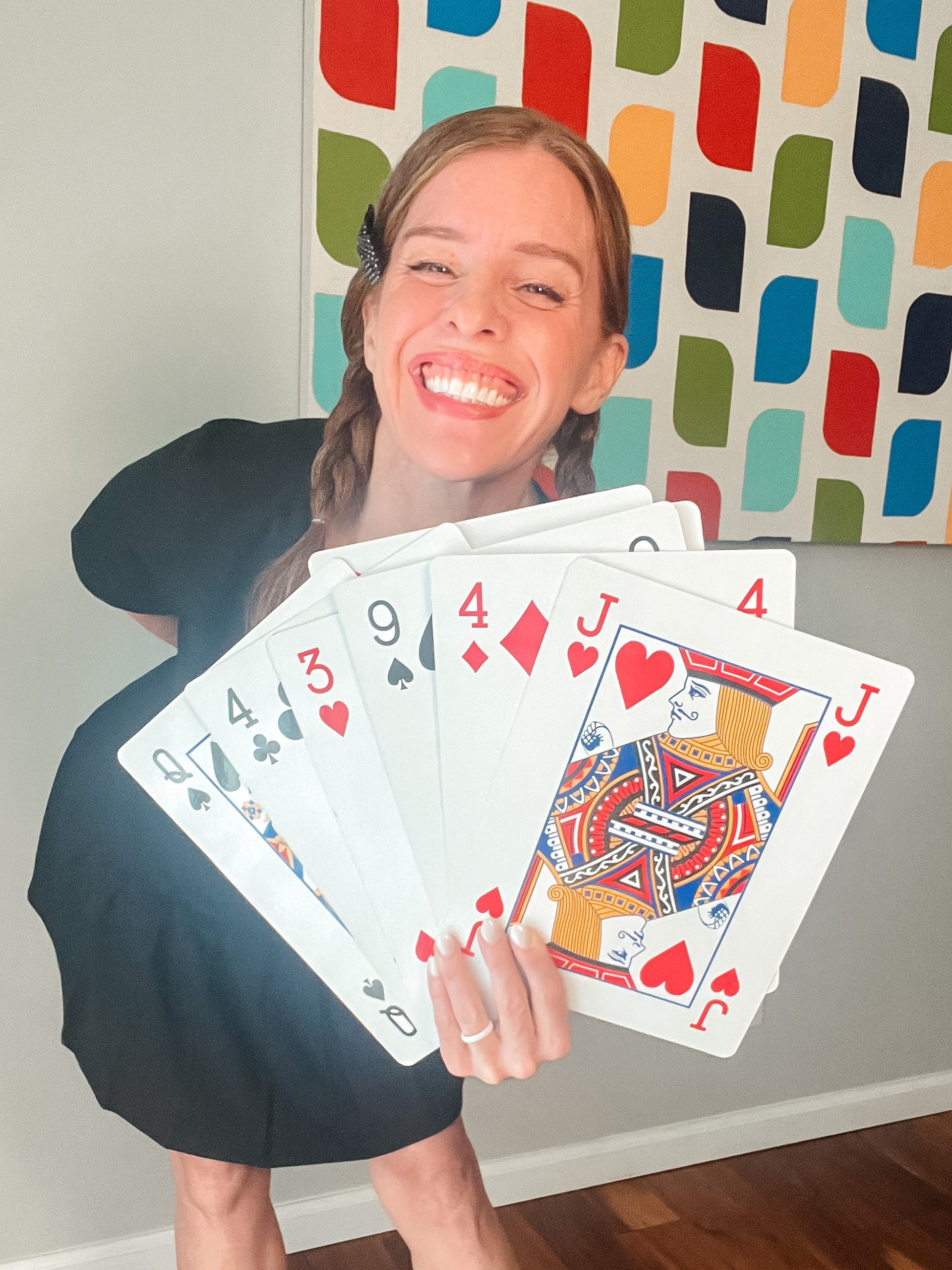In the realm of education, creativity knows no bounds. I've found a deck of playing cards, a common household game item, as a powerful tool to captivate student attention and elevate classroom engagement. I've even taken it to new heights with these JUMBO playing cards.
But for now, let's explore 15 creative ways to leverage the versatility of playing cards (any size) and inject a dose of enthusiasm into your learning setting.
1. Stretchy Deck: This is one of my favorite brain-break ideas for all ages of students. Simply have groups of 5-10 students choose four cards from the jumbo deck per group. Find a space on the floor to stand in a circle. Associate a fitness exercise or stretch with the suit of each card; the number serves as the reps. (For the face cards: A=1, Jack, Queen & King= 10.)
Example Exercises: hearts = arm circles, diamonds = side stretch, clubs = shoulder stretch, spades = hand to opposite foot. Each group will complete the exercises and reps of their four cards. Afterward, they are seated and ready to learn.
2. Mindfulness and Relaxation: Associate calming activities with each suit; the number represents the reps. Examples: deep breathing, stretching, etc. Each student draws a card and performs their mindfulness exercise at their seat with a 2-minute visual timer. Afterward, they students free space in their mind and are ready to learn.
3. Team Formation: Have students draw cards to form groups or pairs for group activities or projects. This encourages them to work with different peers and promotes teamwork. Example: same suit, same number, 3 number sequence, etc.
4. Discussion Starter: Assign specific questions or topics to different card values. When you want to start a class discussion, have students draw cards and discuss the corresponding topics.
5. Math Challenges: Use cards to generate math problems. For instance, students draw two cards and multiply them or draw three cards and add/subtract them.
6. Math Magic: Turn math practice into a game. Assign operations to suits (hearts = addition, diamonds = subtraction, clubs = multiplication, spades = division) and have students draw cards to create equations for solving.
7. Geography Trivia: Assign continents or countries to each suit. Students draw cards and answer geography-related questions about the region on their drawn card.
8. Creative Story Building: Assign plot elements (beginning, conflict, climax, resolution) to suits. Students draw cards and collaborate to build creative stories following the assigned structure.
9. Artistic Expression: Assign art prompts (sketch a self-portrait, recreate a famous painting, abstract art, etc.) to each card suit. Students draw cards and engage in creative artistic expression. You could even tie in the number by having it include that many shapes, colors, etc.
10. Logical Thinking Puzzles: Assign different types of logic puzzles (sudoku, riddles, brainteasers, etc.) to suits. Based on the suit of the card each student draws, they select that type of logical puzzle from the game table to stimulate critical thinking.
11. Graphing Practice: Assign numerical values to suits or card ranks. Have students draw cards and use the numbers to create data sets for graphing exercises.
12. Debate and Discussion: Assign different viewpoints or debate topics to card suits. Students draw cards to determine their stance in a class debate or discussion. (Possibly use the numbers to determine how many facts or pieces of evidence they share.)
13. Sorting and Categorizing: Younger students can classify playing cards by grouping them by suit or value as skill practice. This activity also enhances their number recognition and logical thinking skills.
14. Place Value Battle: Each student or pair of students gets three playing cards. Use single-digit cards and a place value mat to create the largest number.
15. Creative Prompts: Assign creative prompts (drawing, writing, acting, charades) to card suits. Students draw cards to complete their creative tasks. Each student shares their creative task in a digital video app such as Flip for students and teacher to view on their own time, asynchronously.
Hope you try some of these ideas and harness the power of a deck of playing cards to breathe new life into your classroom dynamics. These 15 strategies prove that even a simple pack of cards can catalyze engagement, interactivity, and learning. So, shuffle the deck, deal out the excitement, and watch your students thrive in an environment of playful learning.

Tag me on social media or comment below if you try any of them. I'd love to follow your learning journey!
Twitter/X: @TaraMartinEDU
IG: tarammartin.real
Find Jumbo Playing Cards right HERE.

